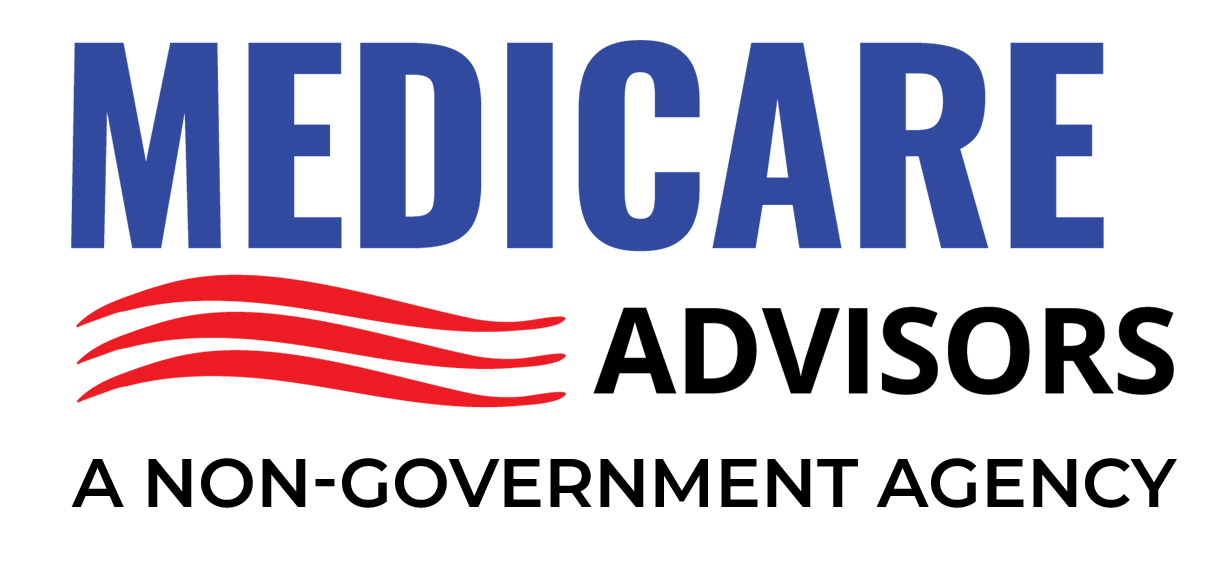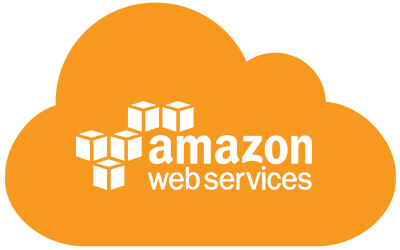Medicaid is a government-funded health insurance program designed to provide healthcare coverage for low-income individuals and families. If you are enrolled in Medicaid or considering applying, you may wonder: Is Medicaid an HMO or PPO? Understanding the structure of Medicaid plans is crucial for making informed healthcare decisions.
Medicaid: HMO or PPO?
Medicaid is neither a traditional HMO (Health Maintenance Organization) nor a PPO (Preferred Provider Organization). However, Medicaid often works similarly to an HMO because most Medicaid beneficiaries receive their healthcare through Managed Care Organizations (MCOs).
Here’s how Medicaid typically operates:
- Medicaid Managed Care Plans (Similar to HMOs)
- Most Medicaid enrollees are placed in managed care plans, which function like HMOs by requiring members to choose a Primary Care Physician (PCP).
- Referrals are usually needed to see specialists.
- Members must use in-network providers for their healthcare services.
- Fee-for-Service Medicaid (Less Common, More Like a PPO)
- Some states offer a fee-for-service Medicaid model, where enrollees have greater flexibility to see any doctor or specialist that accepts Medicaid, much like a PPO.
- This option is less common and typically applies to specific populations, such as individuals with disabilities or those in rural areas with limited provider networks.
Thus, while Medicaid itself is not strictly an HMO or PPO, most Medicaid programs function similarly to HMOs through Managed Care Organizations.
Which Is Better: HMO or PPO?
If you have a choice between an HMO or PPO, understanding the key differences can help you decide which plan best suits your healthcare needs.
| Feature | HMO (Health Maintenance Organization) | PPO (Preferred Provider Organization) |
|---|---|---|
| Network Flexibility | Requires in-network providers | Allows out-of-network providers (higher cost) |
| Primary Care Physician (PCP) | Mandatory | Not required |
| Specialist Referrals | Required | Not required |
| Costs | Lower premiums & out-of-pocket costs | Higher premiums & more flexibility |
When to Choose an HMO:
✅ You want lower costs and can stick to in-network providers.
✅ You don’t mind needing referrals for specialists.
✅ You prefer coordinated care with a Primary Care Physician (PCP).
When to Choose a PPO:
✅ You want flexibility in choosing doctors, including out-of-network providers.
✅ You don’t want to rely on referrals for specialist visits.
✅ You are okay with paying higher premiums for more provider options.
Final Thoughts
Medicaid is not strictly an HMO or PPO, but most Medicaid recipients receive care through managed care plans that operate similarly to HMOs. While some states offer fee-for-service Medicaid, which provides greater flexibility, this is less common.
When choosing between HMO vs. PPO, consider your budget, provider preferences, and healthcare needs. If you qualify for Medicaid, check with your state’s program to understand your specific plan options and network requirements.
💡 Need help understanding your Medicaid options? Contact your state’s Medicaid office to learn more about available plans and provider networks.





